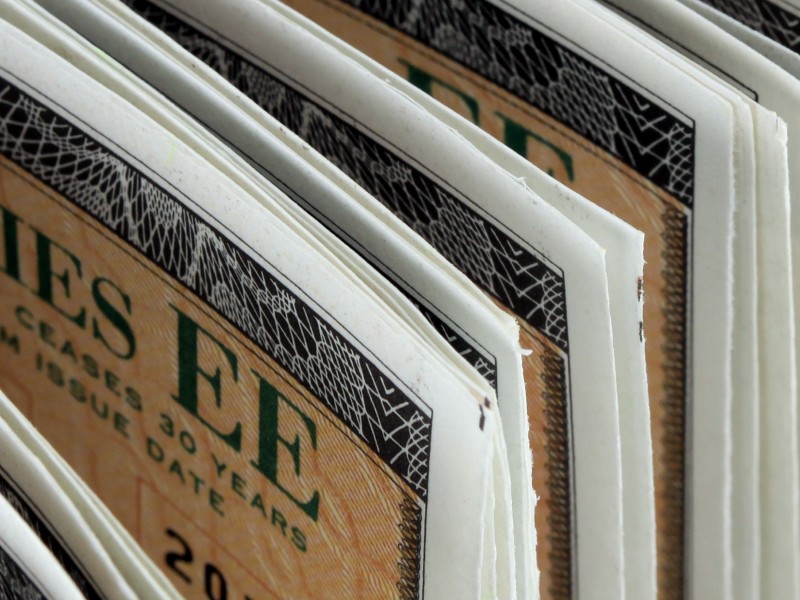

A lot of ink has poured into the discussion of an inverted yield curve, and what it means, yet I am still unsure if people understand whether an inverted yield curve is a precursor of a recession or not.
The fear of an inverted yield curve relates to historical evidence, which shows that an inverted yield curve has predicted each recession since 1955. So, are we in the threshold of an upcoming recession?
In efficient markets, where market participants trade based on expectations about the future, the long- term yield is a geometric average of the current short term and future short-term rates. That is, a 10-year yield is the geometric average of 10 forward one-year rates. If the 10-year yield is below the one-year rate, this means that the future one-year rates should be less than the current short-term rate for this mathematical equation to work.
Let me give you an example using a two-year note and a one-year bill. In it, I will use arithmetic averages as opposed to geometric averages, as they are much easier to understand. Say the two-year yield is seven per cent and the one-year rate is 10 per cent. Since seven per cent is an average of 10 per cent and the one-year rate to prevail next year, next year’s rate must be expected to be four per cent. In other words, the markets expect the one-year rate next year to decline from 10 per cent this year to four per cent.
What could cause a decline in interest rates?
The nominal interest rate can be broken down into three components: the real interest rate, a premium for expected inflation and a risk premium. Here I will ignore the risk premium related to a corporate security as I am referring only to government bonds.
In the short run, the real interest rate is driven by the business cycle. When the economy expands, the real interest rate rises and when the economy contracts, the real interest rate falls. The long-run trend of the real interest rate is affected by factors that change only slowly, namely technology and demographics.
In the short run, inflation is driven by the heightened intensity of economic activity and the pressures it entails, among other things, on productive capacity and the labour and commodities markets. In the long-run, it is taxes, economic efficiency and productivity that impact inflationary expectations.
Assuming the long-run real interest rate trend and inflationary expectations have not changed in the short run, this leaves reductions in the other two drivers of interest rates (i.e., the short-run real rate and short-run expected inflation), the direction of which is determined by the business cycle. When the economy goes into a recession both the short-run expected inflation and the short-run real interest rate fall. Put simply, for future interest rates to decline, markets must expect a severe economic slowdown or even a recession. Hence, the connection of an inverted yield curve to the state of the economy.
But is this written in stone?
What if long rates have been manipulated by non-market forces, like government intervention or central bank policy? Meaning, what if it isn’t expectations that are responsible for the shape of the yield curve, but rather interference by governmental bodies in the bond market? Then, all bets are off.
In my opinion, quantitative easing has distorted the bond market and has given rise to mistaken signals by the yield curve in recent years. Moreover, prior inversions happened historically when rates were much higher than they are today. How much power does an inversion of the yield curve have as a predictor of a recession when rates are close to zero?
I would argue the currently observed negatively sloped yield curve does not necessarily imply an upcoming recession. Therefore, we should be skeptical of those who, with confidence, predict an imminent recession.
